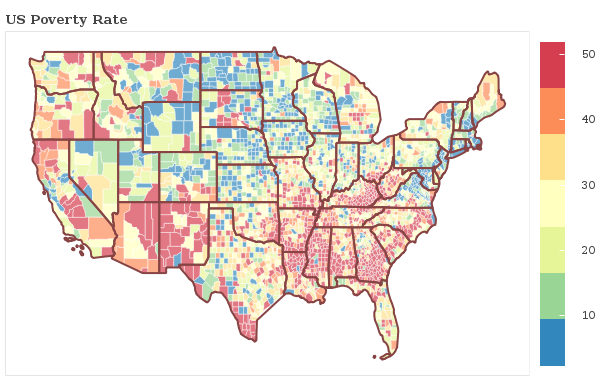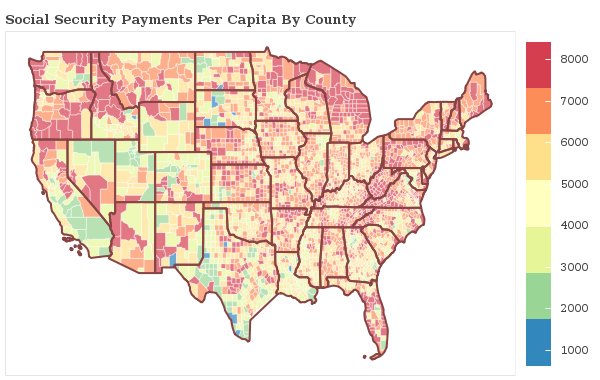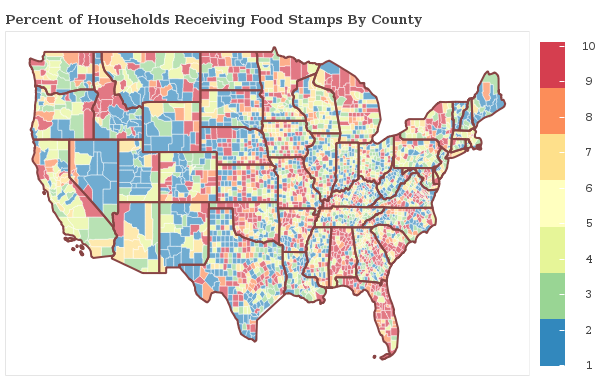Applying for Welfare
Understanding the Application Process
The US has a number of benefit programs designed to help impoverished Americans in hardship.
This is done by using several different governmental programs such as Food Stamps, Medicaid, HUD homes programs and Supplemental Security Income (SSI). When you hear politicians and the public speaking of welfare it is normally referring to Temporary Assistance to Needy Families, or TANF, this was formerly called AFDC (Aid to Families with Dependent Children) and it is a cash assistance setup that is usually directed towards single parents. This type of program is actually a fairly small portion of the entire welfare program. In order to take advantage of these programs you must meet the resource and income limitations. The Food Stamp and HUD programs receive federal funds, while the rest use both state and federal funds.
In the 1990's the welfare program underwent several changes, perhaps the one most well known was replacing the Aid to Families with Dependent Children with TANF. Under the TANF program federal government gives money to states by way of block grants which allows states to have more authority and flexibility when trying to administer welfare programs. This program represents a changed version of the purpose of welfare. Instead of long-term program assistance, welfare is considered a short-term program that will help individuals become better able to support themselves. Meaning the head of the household is required to be working within 2 years of starting to receive benefits, and the families have an imposed limit of no more than 5 years of cash assistance.
It appears that no matter which way welfare assistance is set up, there has always been a tendency for the general public to view those that apply for welfare in a negative light. While work requirements have changed as part of reforming welfare, most Americans continue to see welfare recipients (most often unwed or divorced single moms) with equal parts of impatience and scorn. This, of course, is seen as a highly unfair label to those that desperately need the help that welfare offers.
Fortunately the public support for reforming welfare is evident that even as cynical as we have become, most still feel some type of obligation to help poorer families. Which indicates that while still trying to uphold America's values regarding individualism, community and hard work the desire to help the less fortunate is still going strong.
To fully understand the process of applying for welfare you need to know the general information provided through the government and each state has their own set of requirements that must be met as well. So, familiarize yourself with the basics and then contact the state where you reside to see what specifics may be required before applying for welfare.
For example, to be eligible for Medicaid you do not have to be eligible for welfare as well. Nor can the state limit eligibility for Medicaid to families that are already receiving or entitled to receive TANF benefits. Individual states are required to provide Medicaid to any family that has the following:
- Dependent child that lives with them
- Have the same resources and income that allowed them to be qualified for AFDC
- Certain types of deprivation requirements (such as an absent parent)
All states are required to provide comparable standards, meaning that all regulations have to be the same for all recipients and applicants that apply for welfare. States must also apply the same policies throughout all of the sates subdivisions, in short that means that all of a states regulations and rules are required to be the same for the entire state.
Perhaps the most important thing to remember is, if you do not know then don’t be afraid to ask. The people are there to help you and will not set out to embarrass you in any way so give them a chance to help.
Research & Reports

National Poverty Statistics
Where are the most poverty-stricken areas in your state? We breakdown over 3,000 counties nationwide and show the rank the best and worst communities by poverty rate in your area.
See Poverty Statistics
National Social Security Payment Statistics
We breakdown over 3,000 counties nationwide and rank states with the most and least social security payments given to residents.
Social Security Statistics
Food Stamps in America
Which areas receive the most food stamp public assistance in your state? We breakdown over 3,000 counties nationwide and rank communities with the most and least food and nutrional supplements given to residents.
See Food Stamp Statistics